Motorcycle designer JT Nesbitt, lately of Curtiss Motorcycles, is branching out into new-old territory with his latest design. As a fan of the design of vintage motorcycles, and a vintage bike owner/rider, he’s long pondered how one could make a successfully modern motorcycle that pushed the right emotional and aesthetic buttons for enthusiasts of vintage machines. He’s been talking about this for years in fact, sharing sketches and ideas with his peers, honing in on what might work in practice, with intention of limited production. As an homage to his New Orleans roots, he dubbed the project the Magnolia 4.
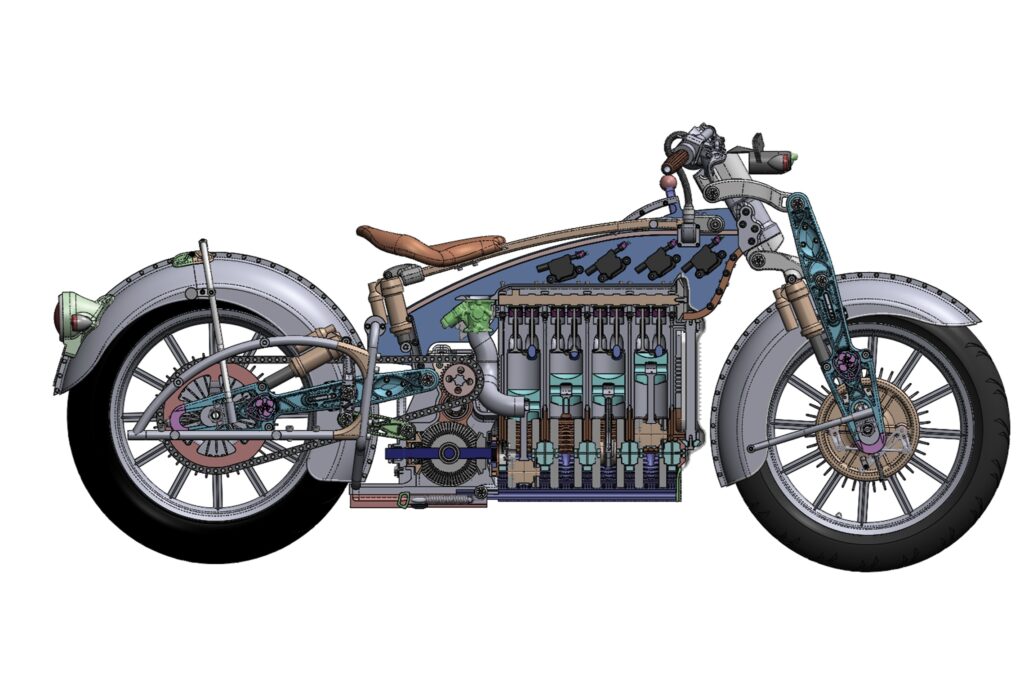
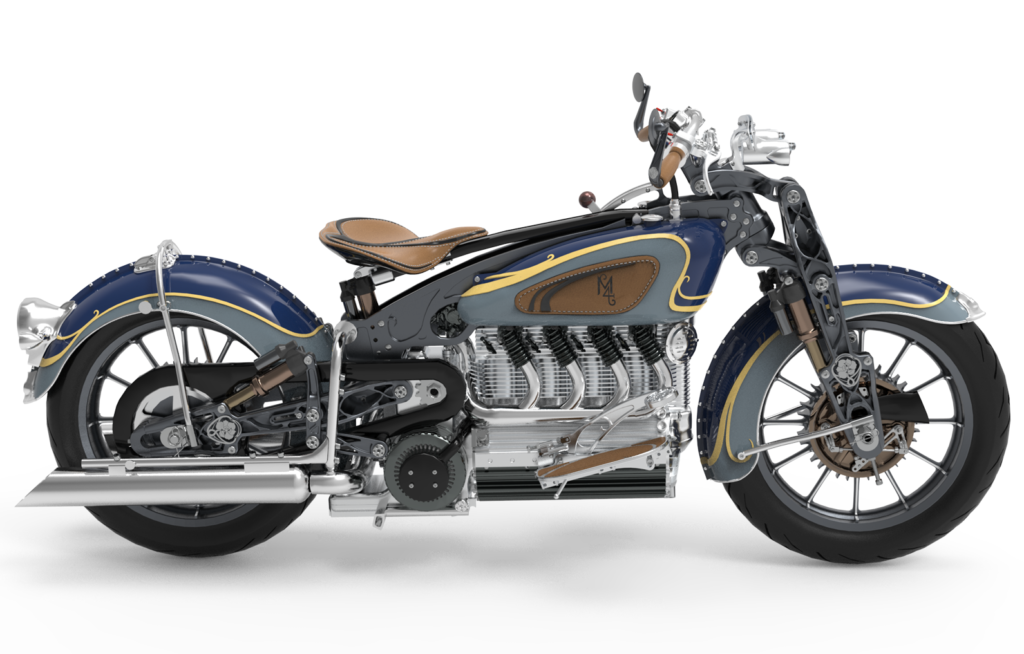
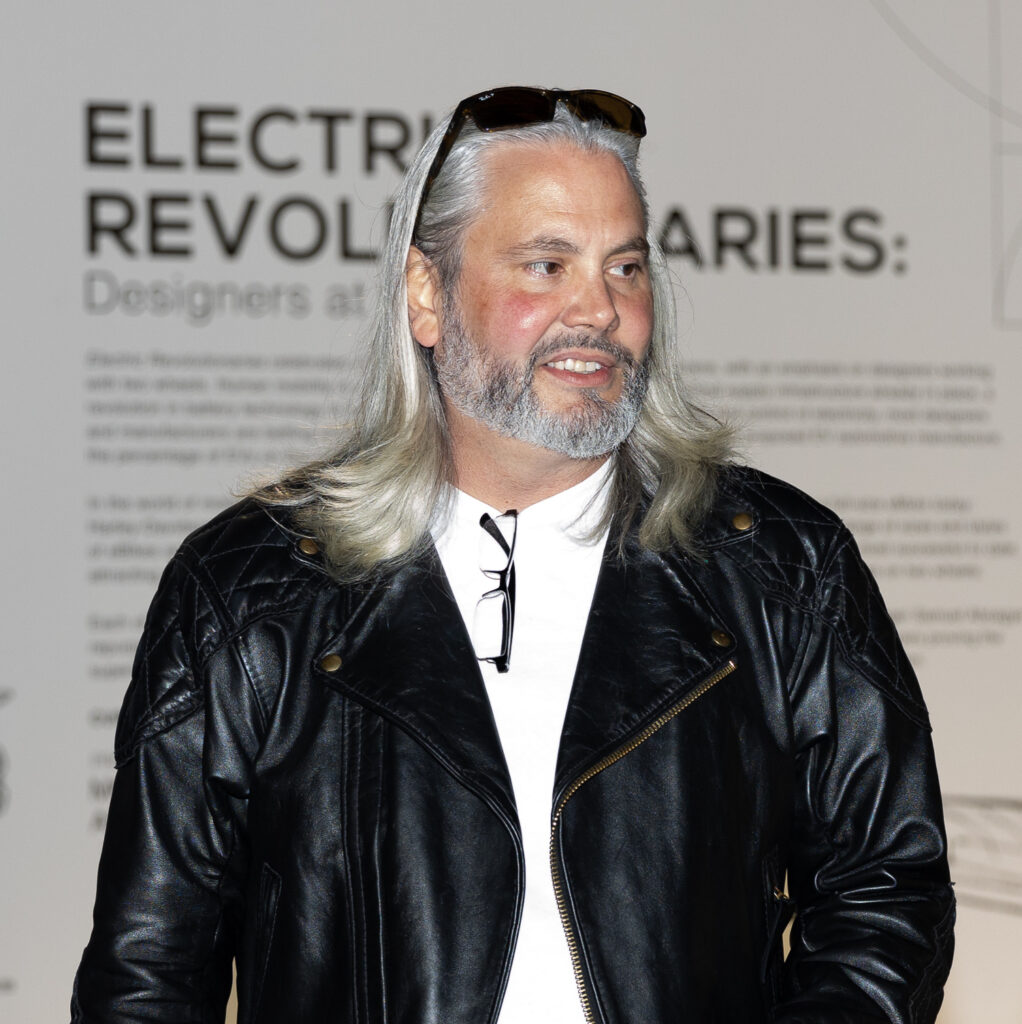
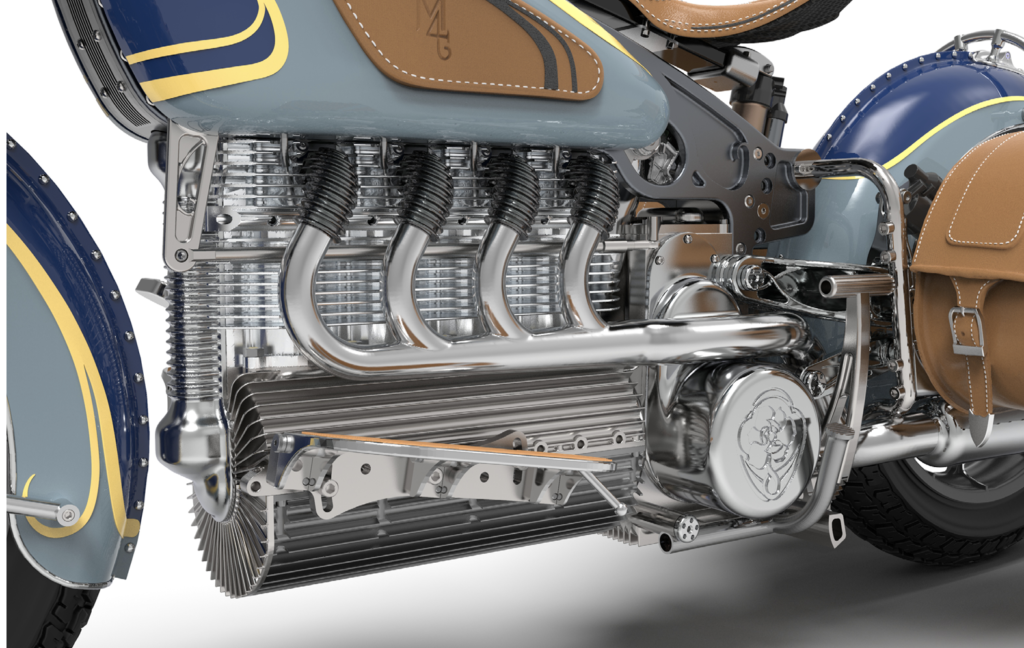
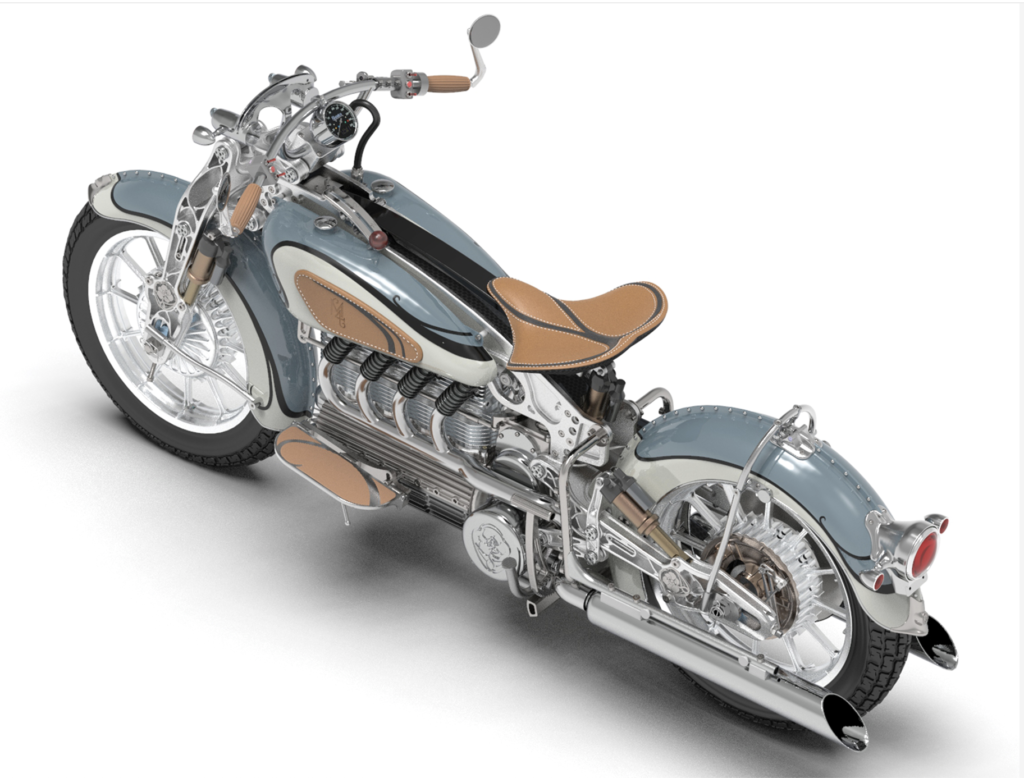
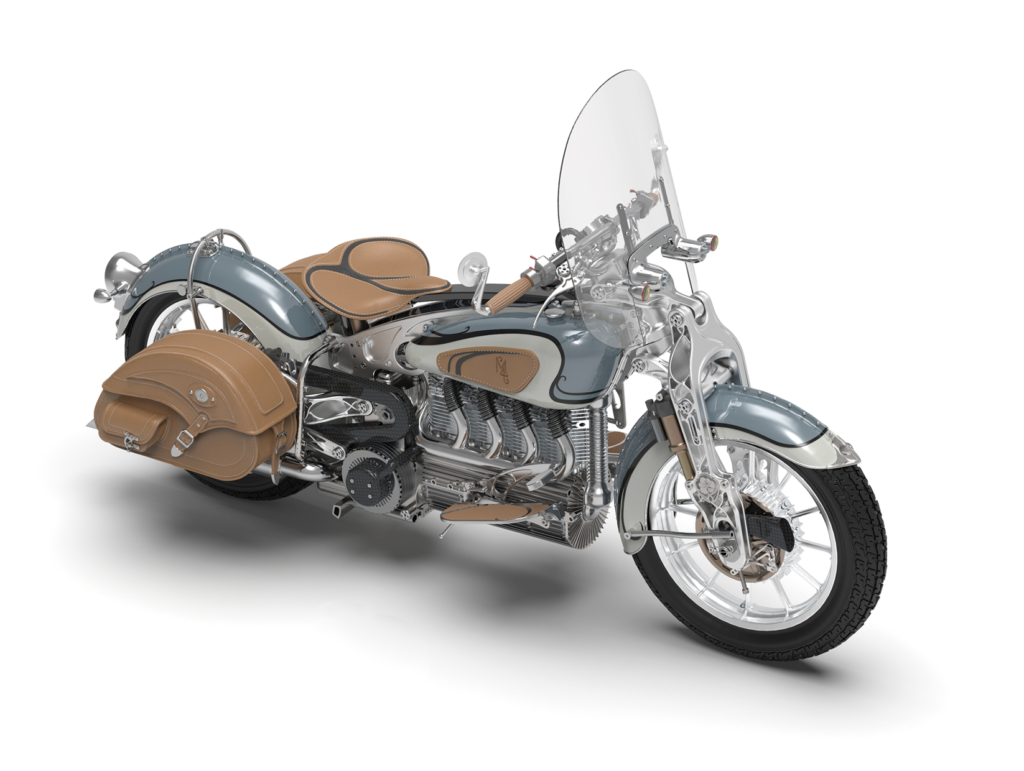
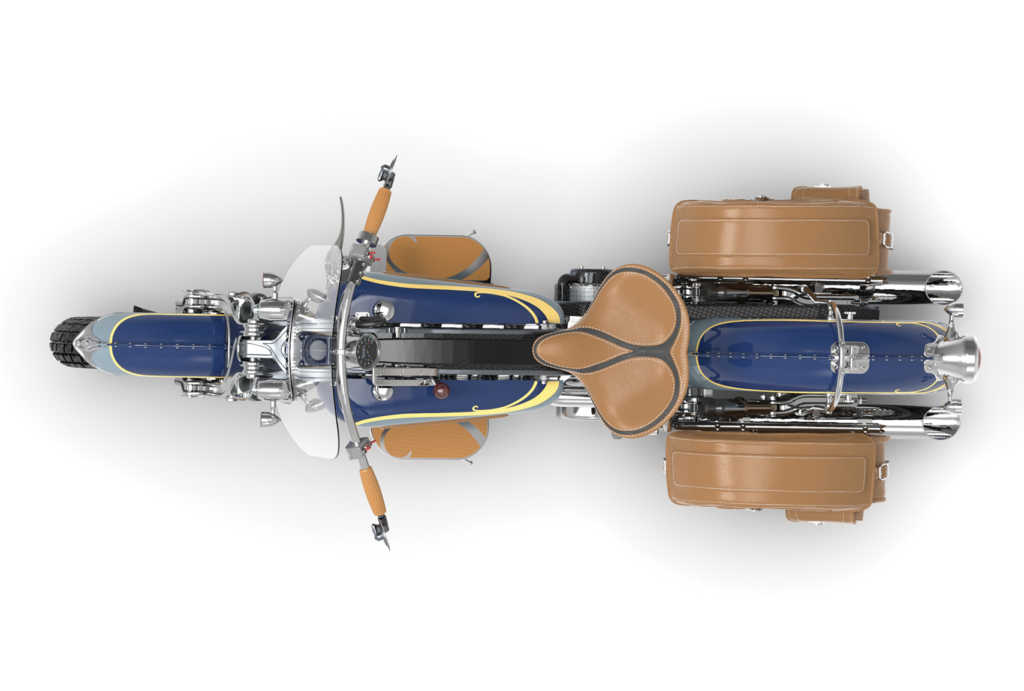
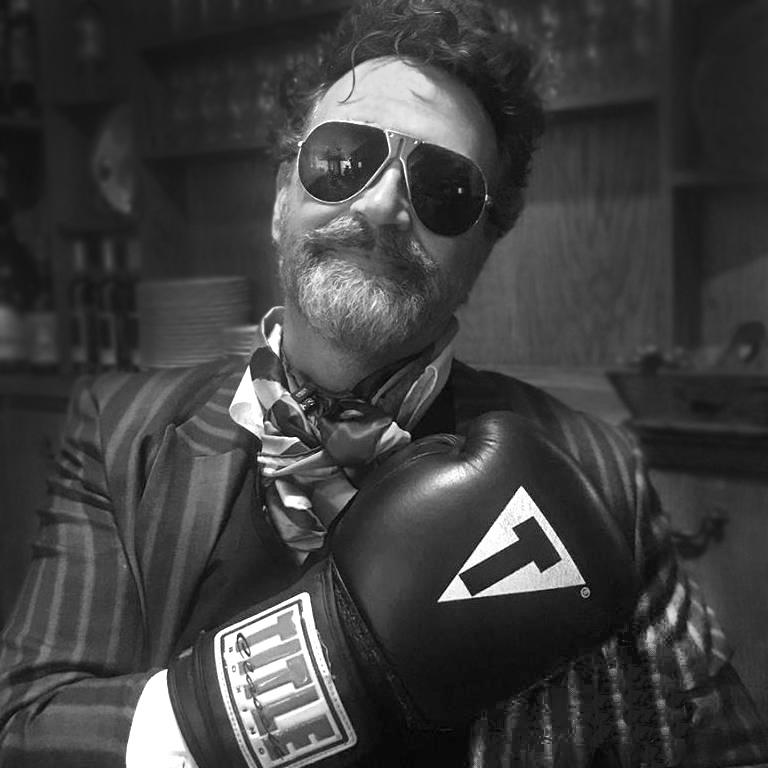

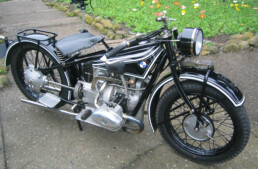
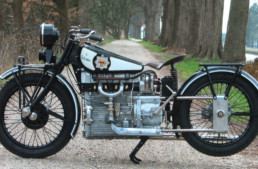
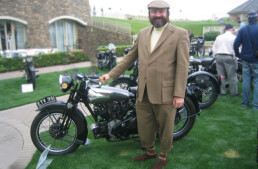
FINALLY !!!! …. the J.T.Nesbit that we all know and love reappears from the depths of EV irrelevancy …. coming back with a stunning new design from nose to tail !
So here’s hoping this absolute gem of a bike makes it into reality … and that good ole J.T. stays the course … rather than diving once again into the EV Rabbit Hole .
And ahhh ….. a 1/12 scale model ( or larger ) of this beast would be welcome as well …. guaranteed if it does … one’ll fine it’s way onto my shelf !
Gotta say it again … Yay .. J’T’s back from the living dead …….
Damn thats a mighty fine bike design !!!!!!! 😎
Oh … and by the way PdO … y’all forgotten this is the 50th anniversary of THE motorcycle / philosophy book of the ages ?
Yeah …. ” Zen and the Art of Motorcycle Maintenance ” …50 years this year … damn … makes me feel old having bought the book when new wearing out three copies along the way …
But damn …. gotta say it again … this J.T. original’s got me smiling from ear to ear … making a great distraction for what otherwise has been a bad week ,,, due to … well …. you know …. 😉
Great thought. One of the most famous motorcycle books of all time, although the current generation knows nothing of it. I’ve got a first edition sitting in arm’s reach, and the ‘Commentary on…’ book downstairs. Alan Stulberg bought the contents of Pirsig’s garage at a Mecum auction in Las Vegas in 2020! I’ll have to include some of that in a story… https://www.mecum.com/lots/451957/zen-and-the-art-of-motorcycle-mainenance-collection/
I assume by ‘ the commentary book you mean ” Zen & Now ” by Mark Richardson ?
If so … yes … I highly recommend that book to everyone … from first time readers to those like myself [ with an MA in Philosophy ) on their 5th read ( I read ” Zen … ” once a decade ) .. to those who’ve never been able to get thru the ‘ thick ‘ parts of ” Zen … ”
When you post it I’ll further comment on Richardsons book
PS; ADVRider has a great interview with Richardson on their YouTube channel ‘ The Lowdown ‘ … did I say great interview .? … I’ll amend that to bloody fantastic
Happy … errr … 4th ? Eeesh ….
😎
No, I meant ‘Guidebook to Zen and…’, published in 1990. I’ve ordered ‘Zen & Now’ – hadn’t heard of that.
If you’re interested in the Guidebook: https://amzn.to/3xzs7jD
Huh … funny that one slipped right by me . Have to grab a copy .. cause … why not ?
But ” Zen & Now ” … all i can say is its helped folks I know with minimal education ( and zero philosophy background ) finally get through / understand and enjoy ” Zen and the … ” as well as add more depth and understanding of the book and the author to advanced degree folks like myself .
And in my opinion … any book that can successfully and repeatedly succeed on both extremes … is a hands down winner worthy of any book collection .. not to mention reading time .
Seriously PdO … if you’ve got a half hour to spare … watch the interview with Mark Richardson on ‘ The Lowdown ‘ on ADV’s YouSteal channel .. or just listen to the podcast … that alone will have you shelling your hard earned out .. not to mention delving into the book head first once you get it …
Now pardon me while I get back into my 5th re-read …. Phaedrus is finally coming to the surface …. 😎
And finally … paying Mr Nesbit the highest compliment I can imagine .
Assuming the engine in the metal looks as good as the CAD 3d ….
Damn !!!! That engine looks as if Ettore Bugatti himself designed it …. an absolute working … work of art ..
Finally a note to J.T. …. time to finally make available that might fine T-Shirt and belt buckle you had hanging over our heads for so many years … cause they’re winners as well … that can contribute to the bottom line along the way
Apparently he’s taken two orders in the 12 hours since this story was posted! It’s a bike the motorcycle world needs, badly.
Amen PdO … and alleluia to all those placing early orders ! Wish I could be one of em .
Here’s hoping assuming it goes into limited production that at least a few of the purchasers will use the bike as intended .. in other words ….
RIDE the damn thing
😎
Before this goes much further , I suggest JT step out of the art gallery and swing his leg over a Triumph Rocket 3. I bought a nice example of a ’05 edition and have enjoyed riding it. JT’s inclusion of only 3 speeds in the transmission , based on the idea that that was plenty enough90 years ago , is suspect . My Rocket has a larger motor and 5 speeds. The next generation Rocket’s motor grew larger and also got a sixth gear. Then there’s the omission of the magic button , really ? A “Luxury Motorcycle” in the 21st Century that won’t have an electric starter , well , I guess there has to be some way besides the insane price to limit the appeal.
It has 2 pre-orders ? It may sell 2 more, before the interest dies down.
One other thing , pricing this based on auction prices for genuine Henderson , Ace or Indian 4’s is especially nutty.
Kenneth, I think you need to understand the mentality of folks who revere American 4-cylinder bikes to ‘get’ the appeal of the Magnolia 4. These are people with zero interest in a Triumph Rocket 3, which I consider a bloated pastiche of a brilliant design, just like the BMW R18. Enormous, and perfect examples of why motorcycle ridership is in precipitous decline in the West. JT’s concept is quirky, but authentic. And to my eyes, and his several immediate buyers(that was just two in the first 8 hours after my story was posted)
Again Paul I say …. AMEN brother … !
To put it more concisely in the words of Big Sid ( Biberman )
” Stock is a can of beans on a shelf ”
I mean … don’t get me wrong … the Rocket is a helluva bike … so’s Ducati’s Diavel .( both being a bit of guilty pleasure on my part ) .. both more practical … both a whole lot less money ( no doubt ) … but ahh … they aint this bike … no comparison
Toodle down the road on this beast and everyone will take notice … do the same on the other two and all bets are other than M/C enthusiasts … no on will notice or even care … unless the pipes are too damn loud
And yeah .. the R18 … amazing what some custom builders have been able to do with it .. putting it on a crash diet etc … sad that BMW didn’t … and have you seen the new GS Adventure ? Talk about huge with no purpose other than being huge .
So three cheers to JT …may this bike become the success it deserves to be … and may there be many more in his future .( that aren’t EV’s )
😎
When Triumph set out to create the Rocket 3 , it was their full intent to build the largest production motorcycle engine and to have to work well. I bought mine because I test rode a few of them when introduced. Back then I was impressed how something so large and powerful could come together and be used , well , like a motorcycle.
My 20 year old example has done nothing to diminish those feelings Do I charge corners on it like on my Ducati’s , well no . That would likely end in pain. But if I can see my way through the corner and plan my action , it gets the job done.
And this new American 4 has it’s own degree of bloat , the engine increasing from the size favored in the 30’s by an additional 70%.
I wish JT all the luck in the world on his new endeavor.
Like I said … the Rocket along with the Diaval are both personal guilty pleasures
Would I own/ride either ? Ahhh … nope … don’t need the bloat ( serves no purpose other than bragging rights ) don’t want the maintenance hassles ( try fining a Trumpy or a Duc repair shop along the Blue Highways and byways of the US and CDN ) hmmm … just don’t need .. period !
Fact is .. I don’t much need JT’s newest creation either . But … I love it ! And I get it ! Cause … well … just because … and .. its an original while maintaining a classic stance. A rare combination indeed
Back to the Doc/Trumpy question though …. suffice it to say … like todays over sized full sized P/U’s … that even I at 6’4″ cannot reach over the bedside ( negating any and all practicality ) those two bikes are ALL about size … and to hell with practicality handling and performance . And like what they’re trying to compete with ( H-D’s ) comfort aint eithers forte either
So why are they both guilty pleasures ? Chalk it up to growing up with Stroker McGurk’s wisdom ( Too much is never enough ) … yeah … I’ve outgrown wanting that ( ahhh the joys of maturity ) … but I still kind of likes it .
FYI ; Seriously … we all know exactly why Triumph built the Rocket … ( all marketing BS aside ) to compete with H-D in the NA market … a goal they’ve yet to attain … failing miserably sales wise across NA
And no … despite having had H-D’s in the family since 1926 ( including a few of my own ) .. I don’t ride no bloated Hawg either … though I kind of miss my customized FXRP
But hey … enjoy the ride … ( bleep ) em if they can’t take a joke …
Just had a look at the HandBuilt show photos on AW.
Nice bunch of customs ….. but ahhh … can you imagine the reaction if this beast suddenly dropped into the middle of em all ?
Good lord … CPR all around … smelling slat by the ton … some serious libations afterwards
Phew
The Magnolia 4 sounds like a stunning blend of vintage charm and modern engineering! I can’t wait to see how this homage to American motorcycle history comes to life.
Congrats … you GET it !
Update … JT’s been selling off some of his collection in order to fund the Magnolia . So … along with the pre-orders … and the fact that JT knows how to handle a $ pretty well … I’d say the future is looking bright .. assuming another goram hurricane doesn’t come along wiping out his workshop once again …. sigh …………
Now … assuming Mr Nesbit might like to knock it out the door .. covering all bases from style – to engineering – to function – rideability … AND be green to boot .
Well …. first off … Kawasaki just demo’d their entry into the Hydrogen era … as in a Hydrogen ICE M/C … e.g .. vroom vroom .
And of course the naysayers will rightfully say …. hydrogen is too expensive and being made from NG … not any greener than an EV
( here’s a clue … EV’s are the polar opposite of green when measured from cradle to grave _
BUT…. now those wily … ever inventive … and all too willing to dive into the pool when needed …Japanese
Have perfected a way to create Hydrogen … from …. waste aluminum … as in all the aluminum that is not recyclable .
Using an H2O and chemically based liquid … which is in itself recyclable … to be used over and over again ! ( NHK )
Ohh baby … EV’s beware … your nemesis is rising … faster than you were created ( EV’s are over a century old ) .. and about to stomp you into the oblivion you so rightly deserve … what with all the damage y’alls created … not to mention the slime running the companies .
And ahh …… Hydrogen is something BIG OIL can get behind … cause as BMW proved over two decades ago … almost everything from Refineries to Gas Stations … are easily and cost effective to change over to Hydrogen …
… along with your beloved Model T – Classic M/C .. etc etc et al ( if its an ICE it can run with a few minor modifications on hydrogen )
So JT … while creating your gasoline ICE to get the first few out the door … be working in back on a Hydrogen version … so when hydrogen becomes readily available …you’ll be waiting with the perfect bike
( now just add a sidecar to it and you’ve got my perfect M/C )
😎
As a life-long rider (I’m 75 years young)…….this is the ultimate bike for those of us who can’t afford the original.
This great rig would replace the picture of a classic Ferrari on many walls. Add a matching side car and you would have the dream bike for many of us.
The designer of this bike states he only wants to make a dozen of these, which will greatly increase the cost of each unit ( a few hundred thousand per, or more ??). I suspect the tooling alone would be in the millions of dollars. Who but the very rich would be able to buy this, and being that most of these deep-pocket folks are not “spring chickens”, would they really want to do without an electric starter, or deal with the tank hand-shift as well? And a drum front brake on such a big machine? Better be a very powerful one! And those cooling spikes on the drums-just plain ugly! This reminds of other efforts to revive or re-imagine previous legendary brands: the Norton debacle comes to mind, or Indian (until Polaris, with their deep pockets, was able to do so for the Indian name). Any one remember the attempted revival of Henderson motorcycles? Didn’t go well!
I’d be very surprised to see if this bike sees the light of day, but stranger things have happened! I wish the firm well! The Magnolia would certainly be unique!